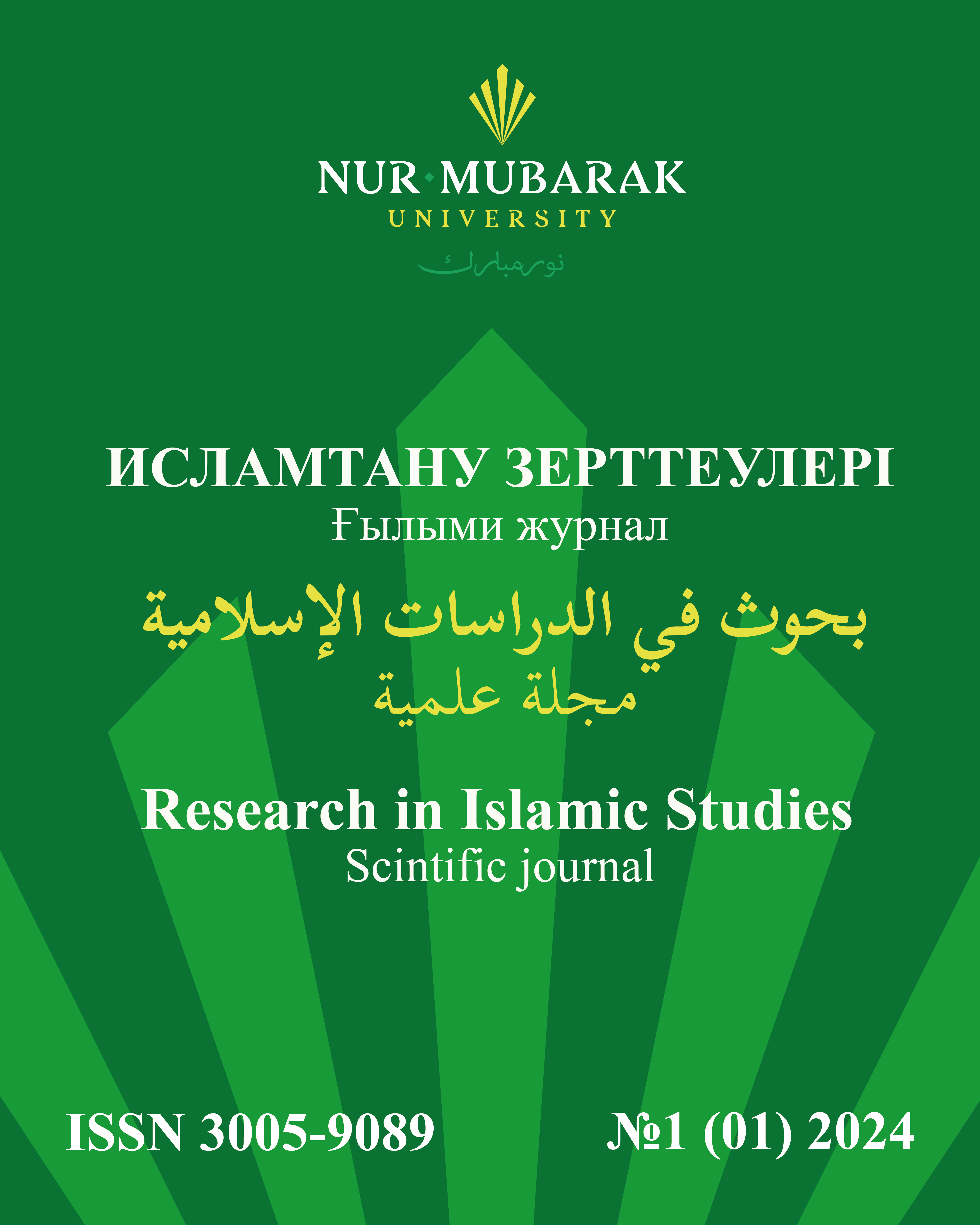Abstract
The power of the Samanid dynasty used the Turkic ghulams (Mamluks) as slaves in the military field, but over time they became a significant phenomenon on the social-hierarchical ladder of government. In the history of Islam in the Middle Ages and in the political life of the caliphate, the institution of ghulams (Mamluks) played a unique role for many centuries. The purpose of the study is to highlight the political activity of the ghulams as a significant factor in the creation and establishment of new independent states, giving inspiration and spreading the wings of Islam. The work provides a translation and compares with other data the facts related to the topic in the “Siyasat-nama” of Nizam al-Mulk Abu Ali al-Hasan ibn Ali ibn Ishaq al-Tusi (1018- 1092). Research in Arabic, Turkish, English, etc. languages related to the purpose of the work is used. The article makes an attempt to use an example to characterize the historical events of the Middle Ages, the manifestation of the Mamluk phenomenon, to look into the peculiar secrets and features, meaning, and define them. The article uses methods of systematic narration, compilation, comparison and generalization. Special personalities in the origin and development of the Ghaznavid Sultanate Alyptegin (died in 963), Sebuktegin (died in 997), Mahmud Ghaznavi (971-1030) are highlighted and their works are assessed. The study will help determine the prerequisites and starting points of the Mamluk phenomenon in the Middle Ages. The work is valuable in that it expands the scope of scientific research related to the creation of Turkic Islamic states, collects relevant data, analyzes and generalizes thoughts. The article will be useful in studying and teaching oriental studies, the history of Central Asia and the countries of the East in the Middle Ages, the history of Islam from a theoretical and practical point of view.



